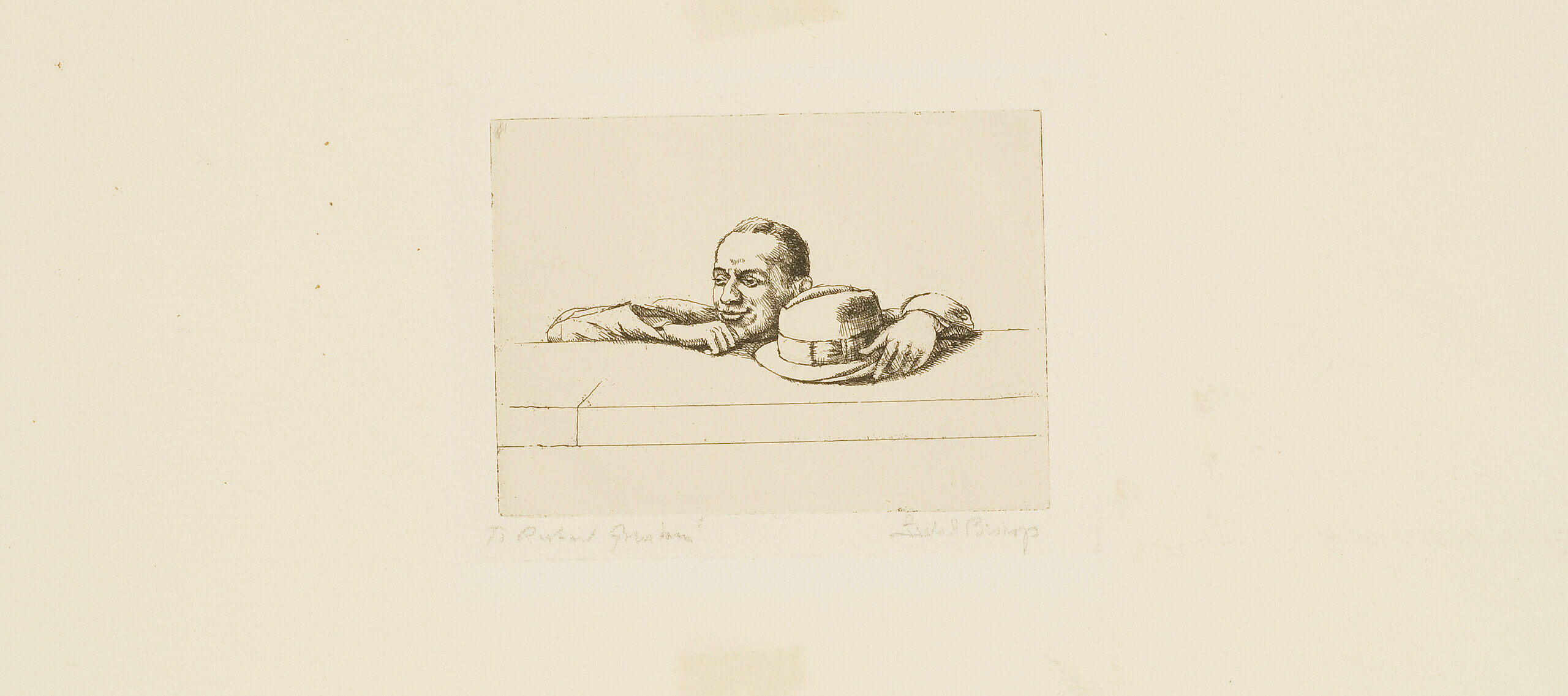NMWA presents the exhibition Isabel Bishop from July 24 through September 9, 1990. The exhibition includes more than 100 prints and drawings, as well as several paintings by this impressive 20th-century realist Isabel Bishop, who grew up in the Midwest, and fell in love with New York when she arrived there in 1918.
The city’s residents, especially those who frequented the area around 14th Street and Union Square, caught her attention and became the focus of most of her art. She was particularly attuned to the dynamism of urban life. In her work, she often portrayed working men and women riding the subway, eating in luncheonettes, or chatting on street corners. In New York, Bishop studied under and was greatly influenced by Kenneth Hayes Miller and Guy Pene du Bois.
Before moving from Detroit, Bishop had believed that art was confined to museum walls and that, to be an artist, one had to learn how and what to paint by studying the Old Masters. It was only after studying in New York City that she also began to see art as a means of self-discovery and original thought. Bishop became part of the so-called Fourteenth Street School, a group of Social Realists that included Miller, Reginald Marsh, Moses Kantor, and Raphael Soyer. Her mature style was based upon her theoretical belief that the world was a constantly moving yet comprehensible pattern. She was particularly drawn to the art of the Baroque, which she felt best personified this philosophy.
Bishop’s work displays a formal restraint and a feeling for light, color, and form that has been compared to that of the Old Masters. Her subjects, however, are ordinary people eating ice cream, walking down city streets, or sewing in the park, which immediately identify her as a 20th-century realist. “They are nobodies—anybodies,” Bishop said of the women and men she represented in her art, “but they are modeled in a grand manner.” During a period of intense isolation, Isabel Bishop also produced numerous drawings of female nudes. These works have a touching quality, free from the distortion of societal and sexual comments.

Isabel Bishop, Men and Girls Walking, 1969; Aquatint on paper, 13 1/2 x 17 1/2 in.; National Museum of Women in the Arts, Gift of Mr. and Mrs. Edward P. Levy; © The Estate of Isabel Bishop. Courtesy of DC Moore Gallery, New York
The Artist,
Isabel Bishop
A member of New York's 14th Street School, Isabel Bishop is best known for her graphic art and urban subject matter.
